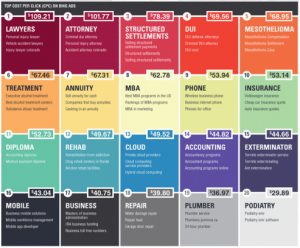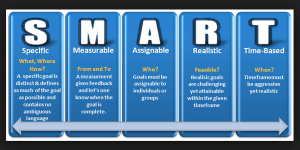— August 28, 2019
The modern-day workplace requires that leaders gain consensus across organizational boundaries, persuading and gaining support from those who don’t report to them. In this complex environment, leaders cannot rely on established authority to get the job done.
That’s why influencing skills and learning how to be persuasive are such important aspects of leadership performance today. A leader’s effectiveness is not only measured by the quality of their decision making, but also by their ability to get people’s support for those decisions. Learning how to influence people, then, should be incorporated into every leadership development program.
People with effective influencing skills understand what is important to others from an organizational perspective and on a personal level, taking into account their values and beliefs. There are many ways to do this, but some influencing strategies tend to be perceived more positively than others. Given how important influencing is to effective leadership, a good assessment strategy should always consider how to measure influencing skills in order to evaluate a leader’s ability to gain commitment without pressure.
OnPoint has studied the use of influencing skills extensively, collecting data on hundreds of leaders across organizations and industries. Our data has shown the most effective leaders use four influencing behaviors most often.
4 Persuasive Influencing Skills For Leaders
1. Reasoning
What It Is: Using logic and factual evidence to show a request is feasible and important. This is the most commonly used tactic among leaders and tends to be one of the most effective. However, many leaders tend to rely on reasoning too heavily and fail to recognize that not all people are equally receptive to this approach.
How It Sounds: “We need to have the new software program completed by Friday so we have a full month to test it, run a quality audit and make adjustments before we roll it out to our customers.”
Best Used When: The leader has established credibility within the group and other team members trust their decision making. Reasoning is also more effective when the leader has a strong track record of accountability and can establish that they share the same goals as the team member they’re trying to influence.
2. Consulting
What It Is: Asking another person to suggest improvements or help plan a proposed activity for which they need the person’s support. Consultation is the second most common influencing skill. Leaders who use this tactic often were more likely to be rated very effective, according to OnPoint’s research.
How It Sounds: “Based on your experience with similar projects, could you give us your assessment of where we stand on this and how we can move this process along to reach our target deadline?”
Best Used When: When other team members have information and experience the leader does not, but the leader is willing and able to act on their ideas and suggestions.
3. Collaborating
What It Is: Offering to provide relevant resources or assistance to make it less difficult for the other person to carry out a request or approve a change.
How It Sounds: “It sounds like you need some extra support to get this done by Friday. I’ll bring in an extra developer to assist. Is there anything else I can do to help?”
Best Used When: The leader’s request is perceived to be too difficult given the team member’s priorities and the resources they have available.
4. Inspiring
What It Is: Encouraging others to accomplish a shared goal by appealing to their values, beliefs, and emotions. This tactic is less common and more frequently used by women. OnPoint’s research has also found the higher a leader’s position, the more likely they are to use inspirational appeals. Managers rated as effective also tend to use this tactic more frequently.
How It Sounds: “Our competitor may be ahead in the market now, but we have the talent and resources to beat them. The sooner we release this new software, the sooner we can start making our own comeback. I know everyone here can help make that happen because I’ve seen you succeed in the past.”
Best Used When: The leader understands what values and beliefs are important to individuals or the team. Leaders must also be seen as trusted advisors with a proven track record of credibility.
Recognizing these influencing skills and making a conscious effort to use them strategically can help leaders sharpen their performance and help their teams to accomplish more. However, leaders don’t often recognize these tactics as they’re using them. This is why influencing skills training can help leaders develop additional competencies to drive better results for their teams and their organization.
Business & Finance Articles on Business 2 Community
(29)







